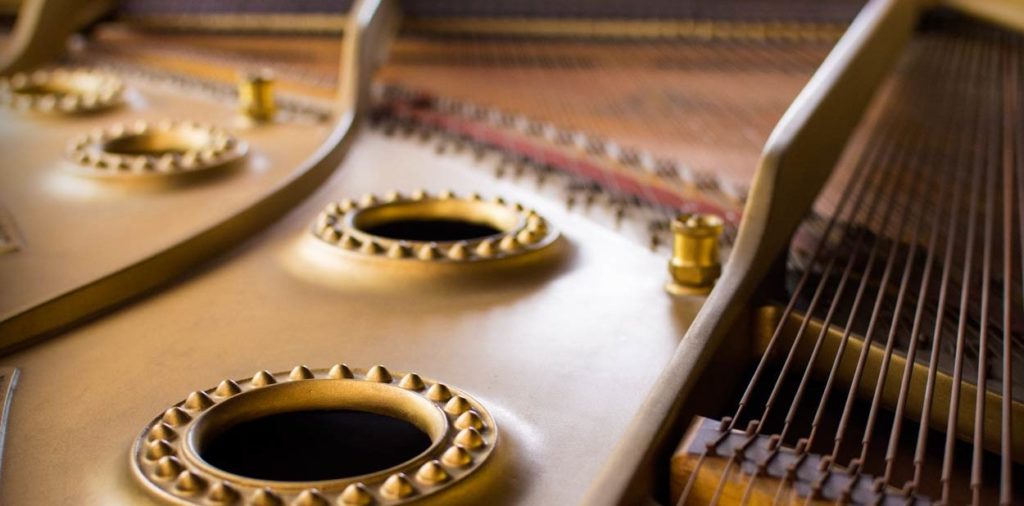
From 1854 to Today | Mason & Hamlin
The tale of the Mason & Hamlin’s rise to the top of the piano world is an interesting piece of history, dating back to the mid 19th century. Now normally, the first name to come to mind when thinking of premium pianos is probably the venerable Steinway & Sons company. Steinway has long enjoyed a spot at the top of American piano manufacturers in both artists’ use and public opinion. However, it would be very remiss to ignore the contributions and the ongoing history of another leading piano maker, Mason & Hamlin. Created one year after the founding of Steinway & Sons in 1854, Mason & Hamlin quickly asserted themselves as a company dedicated to handcrafted quality and today is one of only two fully operational piano manufacturers in the United States today (with the other being their longtime competitor, Steinway).The Founders & Engineers During The Early History
Henry Mason and Emmons Hamlin came from different backgrounds which were of great benefit to their new company. The early days of Mason & Hamlin drew upon each of the men’s individual skills. Henry Mason was an accomplished pianist and came from a family steeped in American and musical history. His family members were descendants of pilgrims who crossed over to the continent on the Mayflower. His father Lowell Mason was considered the ‘father of American church music’ and was known worldwide as a respected composer and publisher of hymns.
“…I desire to play the Mason & Hamlin pianos…I feel that if I have succeeded in making even the slightest impression upon the public by my playing, a great part of my success is due to your instruments.”
– Sergei Rachmaninoff
Emmons Hamlin’s skills were not musical but rather mechanical. As a gifted inventor, he developed a method of voicing organ reeds to imitate the sounds of various other instruments. This is where the Mason & Hamlin company began – as an organ manufacturer. The Boston, MA. based company began small with limited capital and benefited from individual attention to detail and limited production. Success in this market enabled them to expand. This then led to their entry into the piano market in 1881. They began developing their piano designs using a slow, meticulous process, fine materials and a keen attention to every detail. Early Mason & Hamlin pianos utilized a ‘screw stringer’ design which was later discontinued due to cost and a lack of adoption by the rest of the industry. The popularity of the piano led to a transition away from their successful organ manufacturing. When building this new area of their company, they understood that hiring the best engineers in the business was essential to the company’s overall success.
Richard W. Gertz was one of the engineers taken on board by Mason & Hamlin in 1895. He completely redesigned the scales for all of the pianos produced by the company. One of his most famous innovations is the Tension Resonator, a large metal spider which is attached to the rim underneath the piano. This is combined with an extra thick, hard rock maple rim and a tapered soundboard to create the Mason & Hamlin Soundboard Crown Retention System. These pianos are almost overbuilt, and the durability of these instruments is very high. Gertz would go on to be elected secretary of the company and a few years later as the president. Golden age, Boston built Mason & Hamlin pianos are known for their rich tone and deep, dark bass. Their sound is a fantastic example of the quintessential ‘American’ tone.
“The Costliest Piano In The World” | Past Company Slogan
The Golden Age of the Piano | Renowned Pianists Prefer Mason & Hamlin
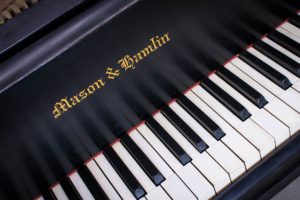 The early 20th century saw the dawn of the golden age of the piano and the era of historic high quality within the company itself. With that came increased competition for the hearts and wallets of pianists. Like Steinway & Sons, Mason & Hamlin worked with famous artists to promote their wares. Sergei Rachmaninoff was one of the most famous pianists to makes use of a Mason & Hamlin concert grand piano. Acting as a brand ambassador for the Mason & Hamlin company, he was quoted saying, “I desire to play the Mason & Hamlin pianos…I feel that if I have succeeded in making even the slightest impression upon the public by my playing, a great part of my success is due to your instruments.”
The early 20th century saw the dawn of the golden age of the piano and the era of historic high quality within the company itself. With that came increased competition for the hearts and wallets of pianists. Like Steinway & Sons, Mason & Hamlin worked with famous artists to promote their wares. Sergei Rachmaninoff was one of the most famous pianists to makes use of a Mason & Hamlin concert grand piano. Acting as a brand ambassador for the Mason & Hamlin company, he was quoted saying, “I desire to play the Mason & Hamlin pianos…I feel that if I have succeeded in making even the slightest impression upon the public by my playing, a great part of my success is due to your instruments.”
Today, Mason & Hamlin continues to bring respected artists on board, including Internet sensation Jarod Radnich. Like Steinway, Mason & Hamlin has seen leadership and ownership changes. In 1911 the company sold the rights to their reed organ and melodeons they manufactured to Aeolian. Shifting economic times led to The Cable Company and later the American Piano Company owning an interest in Mason. In 1929 M&H was sold to Aeolian for under half a million dollars just prior to Aeolian merging with American. The company’s factory in Boston was closed in 1932 and the company was moved to New York. The company saw a number of owners and changes to the designs of the pianos. Mason & Hamlin was at that point the primary line of pianos built by the Aeolian-American Piano Company. The quality of these pianos during this time period varied in consistency.
Did You Know: A Mason & Hamlin CC Concert Grand weighs approx. 1,400 lbs. A Steinway Model D weighs in at 990 lbs
The 1980s | Rapid Change – New Leadership
Moving into the 1980s, things began to change. In 1985, CitiBank seized the assets of Aeolian. As a result, Mason & Hamlin moved to become part of Pratt-Reed/Sohmer. This set about an almost comical number of factory moves in a short amount of time. The manufacturing equipment was moved from the New York factory to Ivoryton, CT. However, in 1986, the parent company was sold to a group of investors and the Ivoryton factory quickly closed. Mason & Hamlin then moved to Elysburg, PA, in 1988. In 1989 Bernard ‘Bud’ Greer acquired Sohmer/Mason & Hamlin. Under new leadership, Mason & Hamlin began to return to the original golden age scale designs and manufacturing processes. The company moved into the former Falcone piano factory in Haverhill, MA.
Unfortunately, Bernard Greer filed for bankruptcy and the Haverhill factory closed in 1995. This, however, was only the start of a new beginning for the company. Burgett, Inc. of PianoDisc fame stepped in to purchase the Mason & Hamlin company and returned it to the company we know today. Gary and Kirk Burgett began the long process of not only restarting the company but also returning the quality and respect that had been lost over the years. By focusing once again on the quality of their grand pianos, their dedication to piano craftsmanship has led Mason & Hamlin to explore new ideas, improve every aspect of the piano, and truly become one of the top builders in the world once more. Head Engineer Bruce Clark has worked to build upon the historic scale designs and he, along with other designs and engineers at the factory have introduced a number of innovations in the piano industry.
The original Mason & Hamlin scale designs made their return and coupled with the new improvements in materials and manufacturing processes have allowed the Mason & Hamlin name to make its well-deserved return. Sadly, Gary Burgett passed away in early 2015, however, his legacy lives on within a newly reborn Mason & Hamlin.
Today, Mason & Hamlin is based out of the factory in Haverhill, MA- not far from the original factory in Boston. At the height of the piano industry, there were over 300 piano companies in the United States alone. Today, Mason & Hamlin is one of only two fully operational piano companies in existence in the United States. Through the years, changing tastes and shifting economic periods, Mason & Hamlin as a truly American company, has endured.
The Present | Mason & Hamlin Pianos Today
Mason & Hamlin is a prime example of what extreme dedication and commitment to quality can do. Recently, Mason & Hamlin has expanded the models offered to include the Model 50 professional upright, the Model A, Model AA, Model B, Model BB and the incredible 9’4″ Model CC-94. The company’s art case series of pianos is dubbed The Monticello Collection, which takes inspiration from Thomas Jefferson’s famous home. Through their subsidiary, Wessell, Nickel & Gross, Mason & Hamlin has begun the production and use of highly advanced epoxy carbon fiber action components. WNG also offers a number of high-end, high tech tools, and accessories to piano technicians around the world.
With the recent rise in quality of new American-made Mason & Hamlin instruments, more attention is now being paid to the golden age pianos that the new products take their inspiration and designs from. Rebuilt Mason & Hamlin pianos are a good investment both financially and as musical instruments. Properly restored, these instruments offer a power and rich tone that is often larger sounding than the initial size of the piano would indicate. The incredibly durable cabinet design combined with high-quality materials and the Crown Retention System makes for a piano that has and will continue to stand the tests of time and use. We have and continue to restore a select number of these vintage pianos. It is good to remember the history and the ongoing work of Mason & Hamlin.
As for the age-old question ‘Mason & Hamlin vs. Steinway’? That question can only be answered by you – the pianist!
About Us: Chupp’s Piano Service has been specializing in premium quality piano restoration since 1975. With over four decades of experience we are ready to serve your piano rebuilding needs. Our pianos are utilized by top concert venues, universities, and professional pianists across the country and around the world. For more information contact us today.
3 Comments
Leave a Reply
You must be logged in to post a comment.

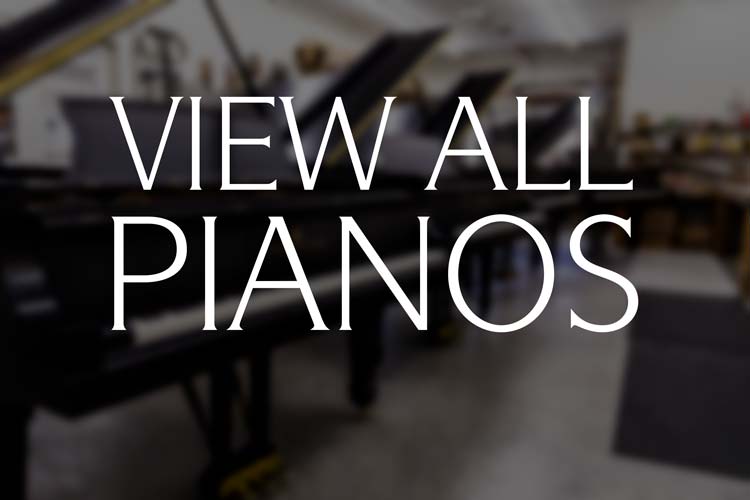
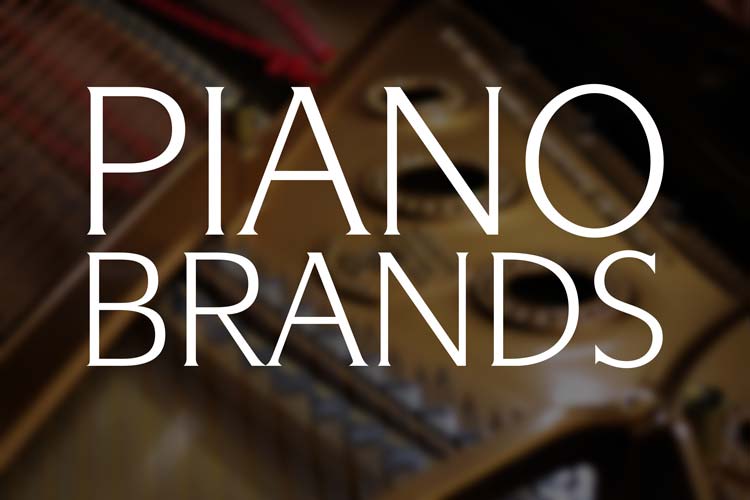
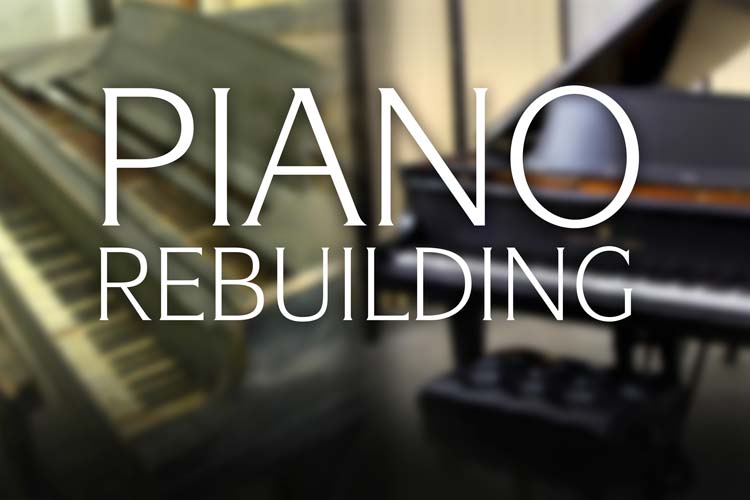
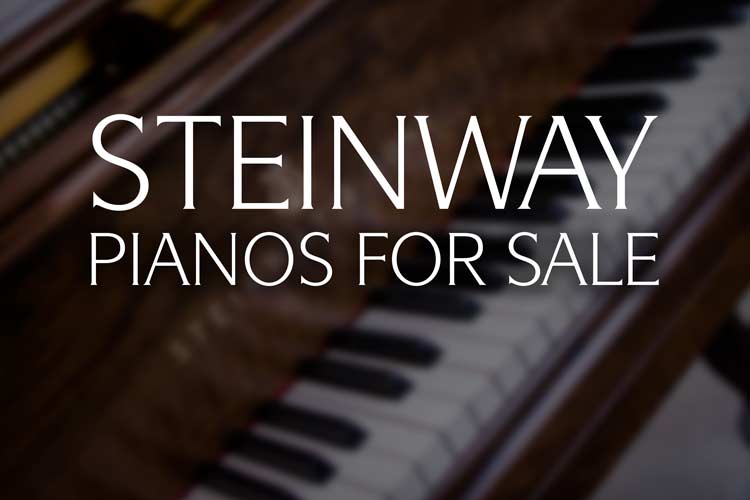
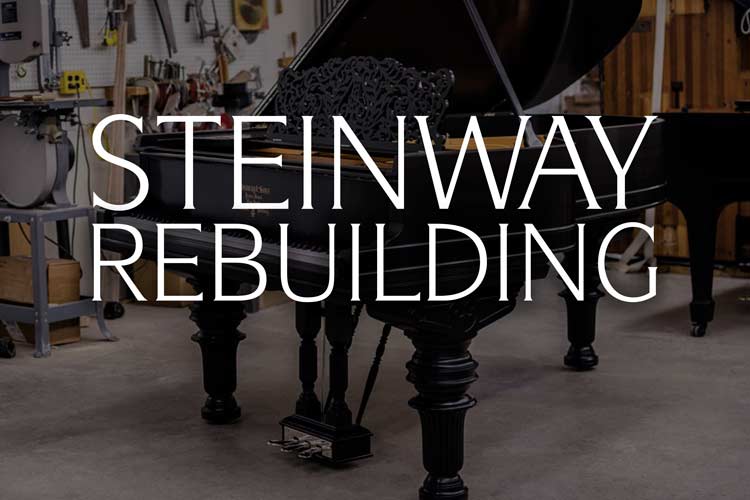
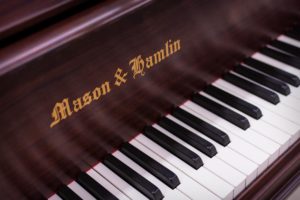
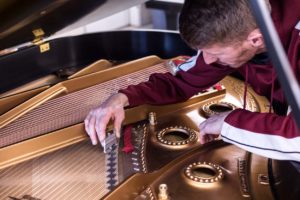
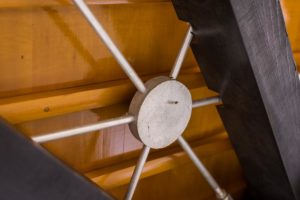
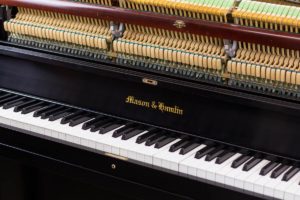
My daughter has a Mason & Hamlin upright piano. We have been trying to figure out the age. There is a date stamped on inside that says Nov 26, 187? (not sure of last number. Serial number is 4230. There is also a plate with the tuning wrench that says something “To Tuners” which is all I can make out from the photo she sent me. Could you refer me to a site that helps date and value the piano?
Thanks,
Annette Berg
arberg26@gmail.com
According to the Pierce Piano Atlas if the serial number is indeed “4230”, that would date your Mason & Hamlin Upright at being built in 1887.